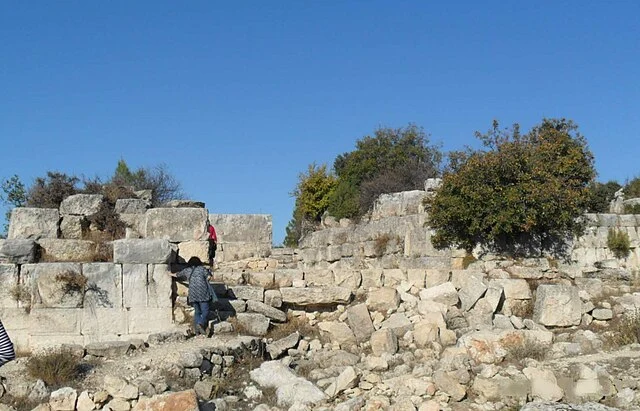Meydancik Castle, located in the Taurus Mountains of modern-day Turkey, is an ancient fortress with a significant historical role. The castle stands in the region known as Cilicia, a key area in antiquity due to its strategic location. Researchers believe the castle was built to control the important trade routes passing through the Taurus Mountains. Its history spans several civilizations, including the Hittites, the Persian Empire, and the Romans.
Get your dose of History via Email
Geographic and Strategic Importance Of Meydancik Castle
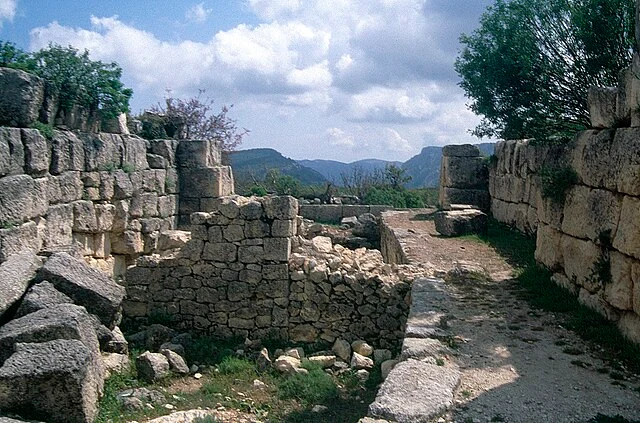
Meydancik Castle occupies a strategic position on a rocky outcrop. Its elevation allowed occupants to monitor and control the surrounding area. The fortress provided a defensive advantage, making it difficult for invading forces to conquer. The Taurus Mountains created a natural barrier, enhancing the castle’s defensive capabilities. Additionally, the castle’s proximity to the Cilician Gates—a crucial pass through the Taurus range—made it a vital military and trade hub.
Architectural Features and Construction
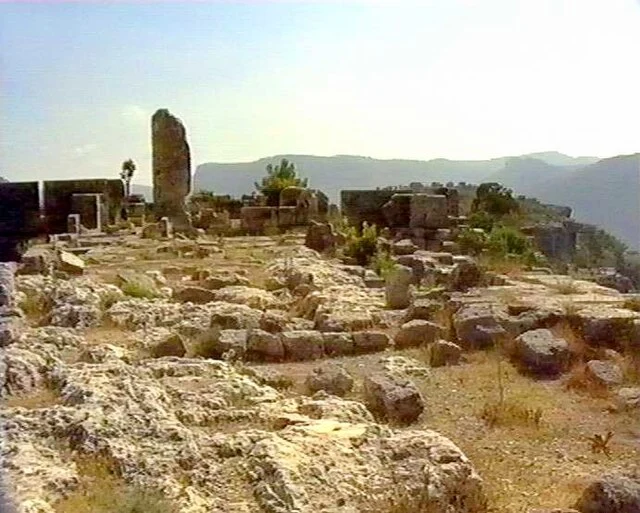
The construction of Meydancık Castle is typical of Hellenistic military architecture, reflecting the engineering skills of the time. The castle walls are built with large, finely cut stone blocks, typical of Hellenistic fortifications. The layout includes defensive towers and a central keep, which served as the last line of defense. The castle’s design indicates it was constructed to withstand sieges and protect its inhabitants.
Archaeological evidence suggests the castle was expanded and modified over several centuries. Each ruling civilization added its architectural style while maintaining the original Hellenistic design. The fortifications were strengthened, and additional structures were added, including water cisterns and storage facilities.
Historical Timeline and Civilizational Influence
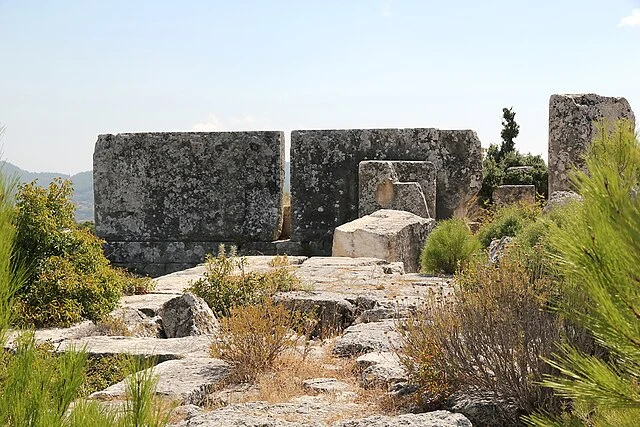
Meydancık Castle’s origins date back to the Hellenistic period, around the 4th century BC. During this time, the region was under the control of the Seleucid Empire, a successor state of Alexander the Great’s empire. The castle played a key role in defending the empire’s eastern territories.
In the 1st century BC, the Roman Empire annexed Cilicia, and Meydancık Castle came under Roman control. The Romans recognized the strategic importance of the fortress and used it to protect their eastern frontier. During the Roman period, the castle was likely reinforced to better serve the empire’s military needs.
After the decline of the Roman Empire, the region saw various rulers, including the Byzantines, who maintained and used the castle. Throughout the Byzantine period, Meydancık Castle remained a key defensive structure in the region. The castle also served as a refuge during times of invasion.
Archaeological Discoveries
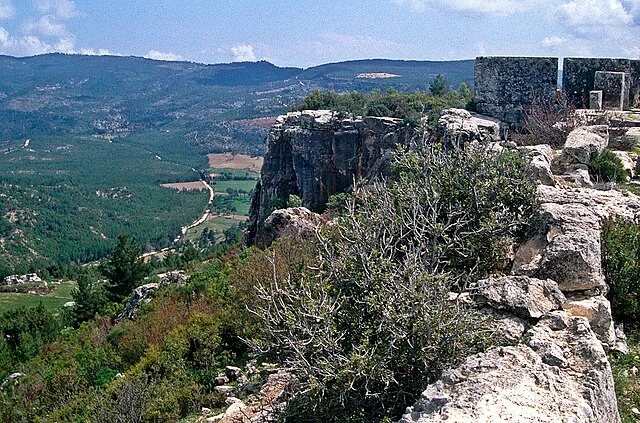
Archaeological excavations at Meydancık Castle have uncovered significant artifacts, providing insights into its history. Pottery, coins, and inscriptions found at the site help date the castle’s construction and occupation periods. These discoveries indicate continuous occupation from the Hellenistic period through to the Byzantine era.
In addition to artifacts, the remains of buildings within the castle walls have been studied. These include the foundations of residential structures, suggesting that the castle housed a permanent garrison. The presence of water cisterns indicates efforts to ensure a reliable water supply during sieges.
Conclusion
Meydancik Castle is an important archaeological site that offers valuable insights into the military history of Cilicia. Its strategic location, architectural features, and long history of occupation highlight its significance. The castle not only served as a military stronghold but also played a crucial role in the control of trade routes and regional defense. Future archaeological research may uncover more about the castle’s role in the broader historical context of the ancient Near East.
Source:

